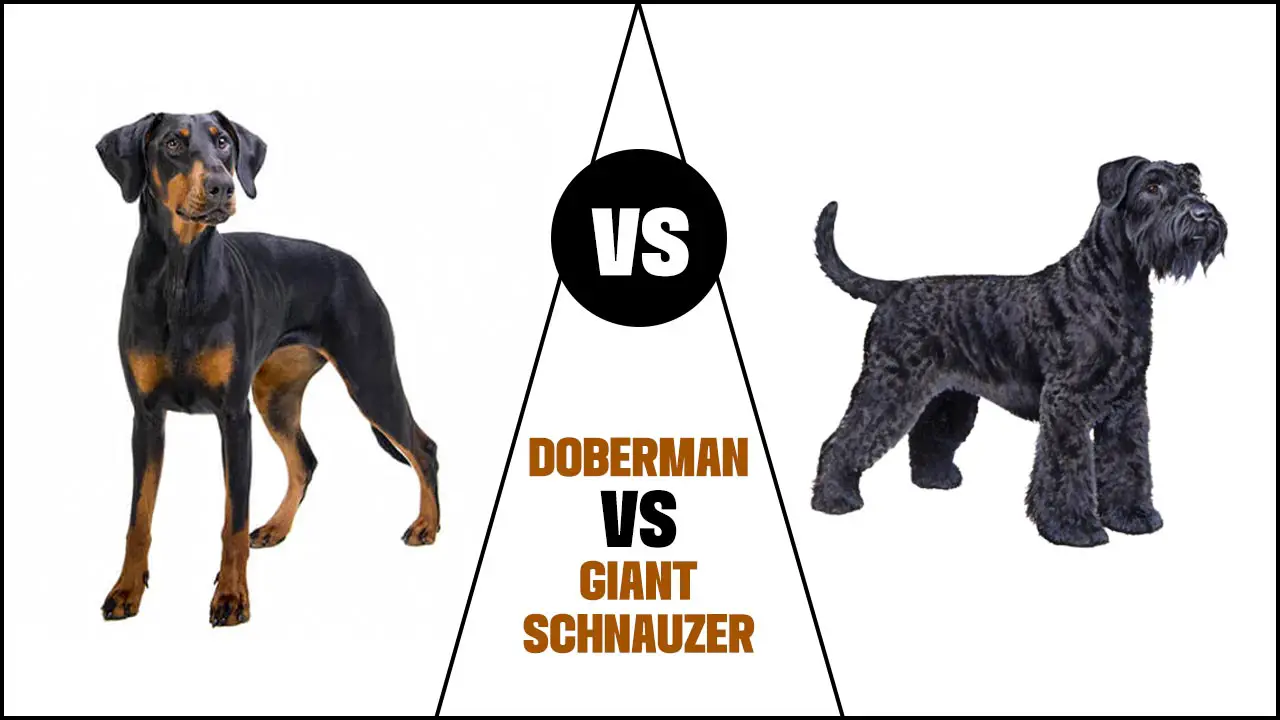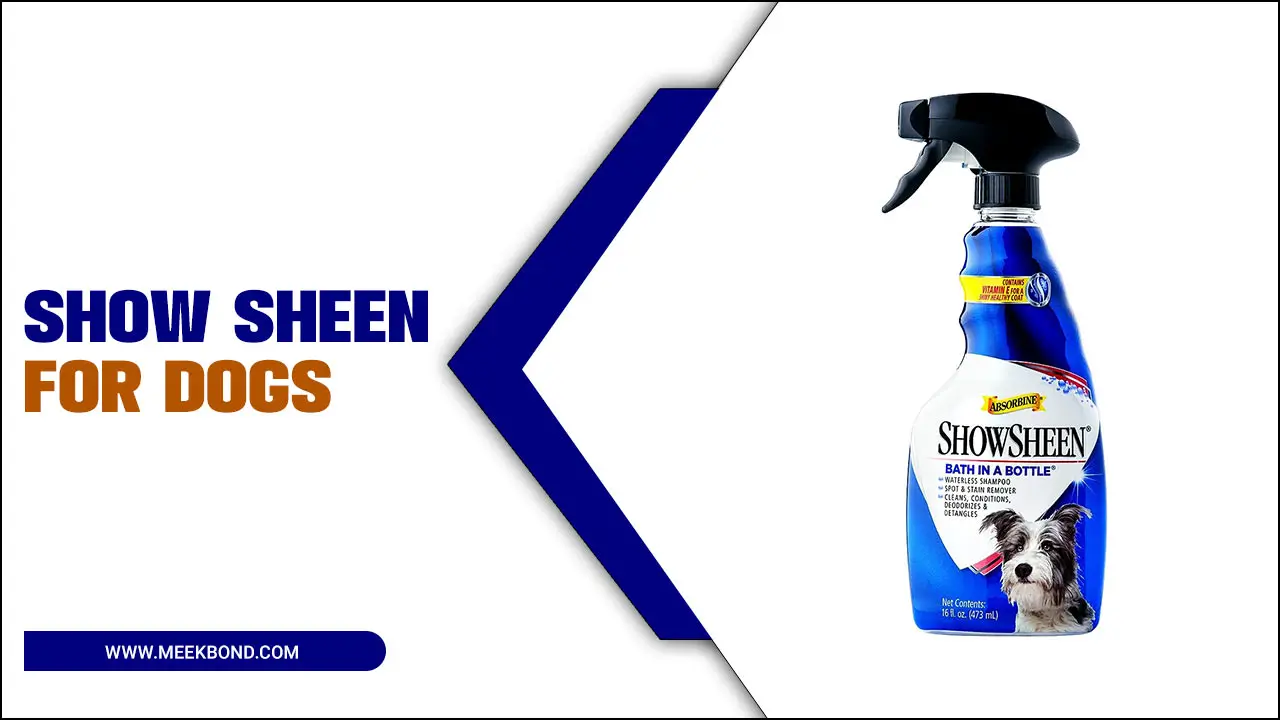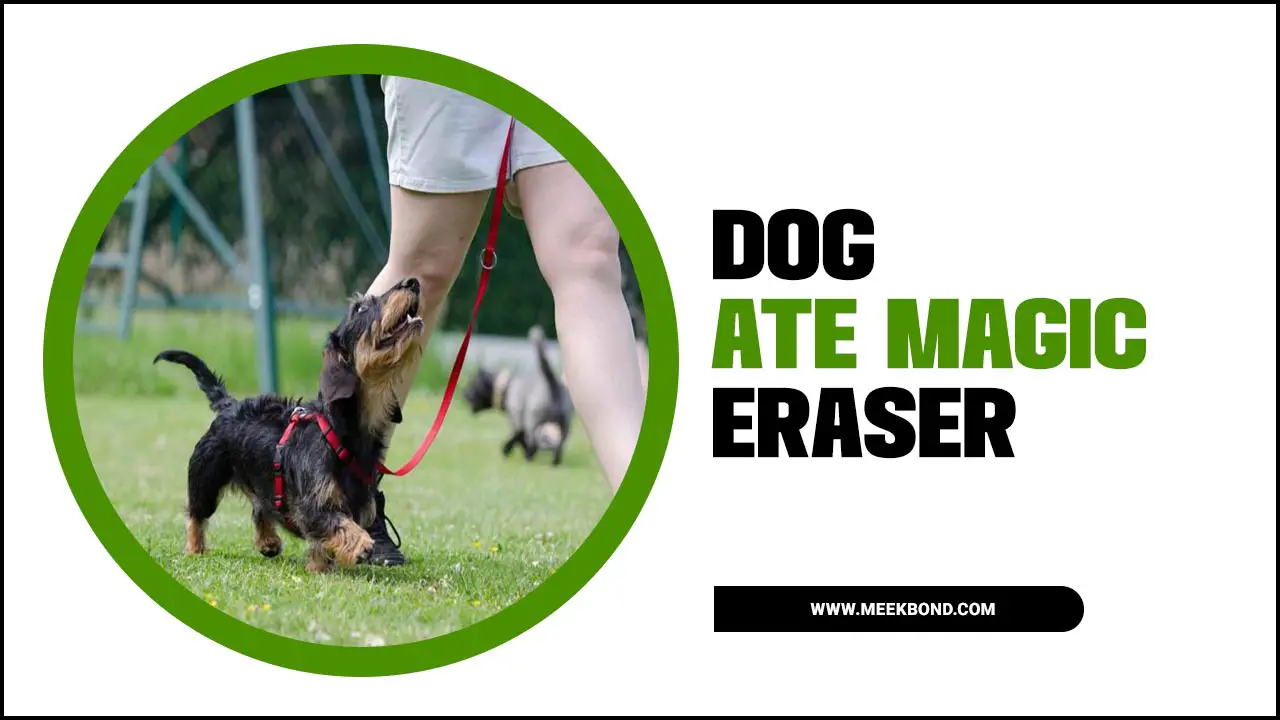Dogs are loyal and loving animals that have been man’s best friend for centuries. They come in all shapes, sizes and breeds, each with unique personalities and physical characteristics.
Some dogs are small and cute, perfect for apartments and cuddling on the couch, while others are big and strong, making great guard and working dogs. Pet owners, especially those who own dogs, at some point in their lives, have to face various issues related to the health and well-being of their pets.
A luxating patella is one of the most common health problems that can affect dogs. This condition is characterized by the knee cap (patella) moving out of its normal position, causing discomfort, pain and even, in severe cases, impingement. One problem pet owners may face after their dog’s luxating patella surgery is that their pet suddenly jumps or runs, which can be alarming. The question arises why this is so. We will discuss why my dog jumped after luxating patella surgery. So read on to find out.
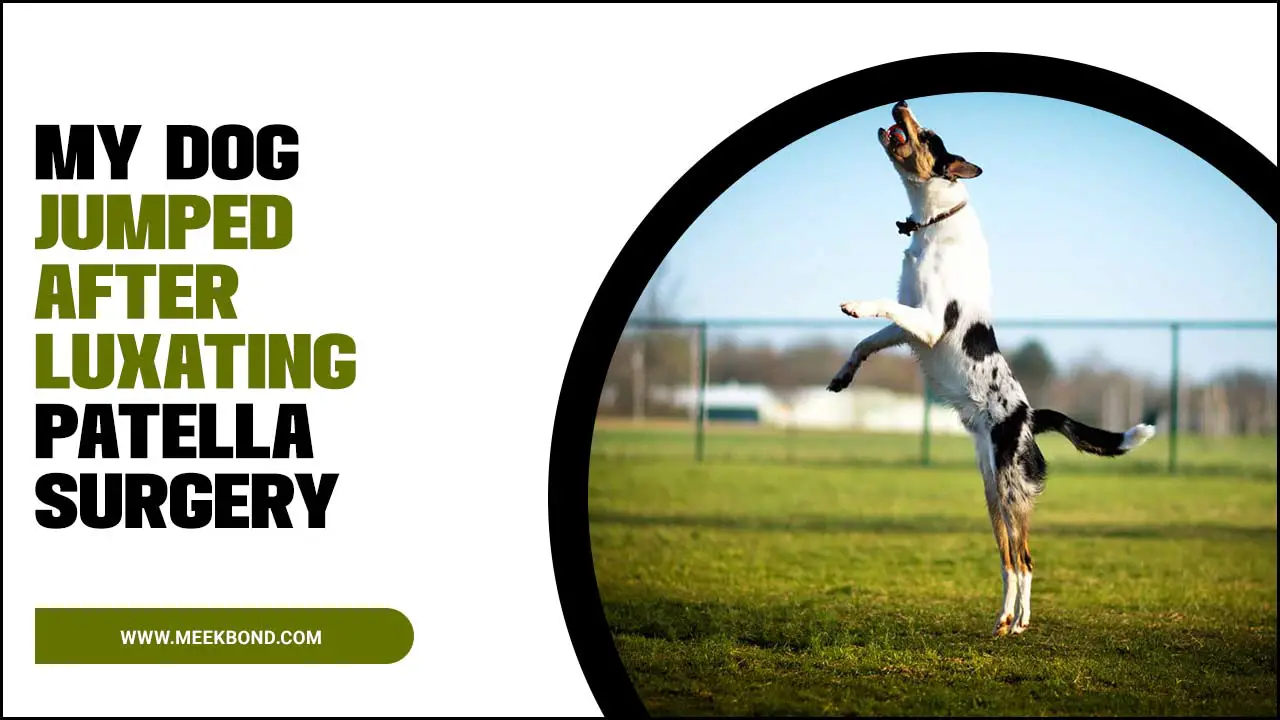
What Is Luxating Patella Surgery?
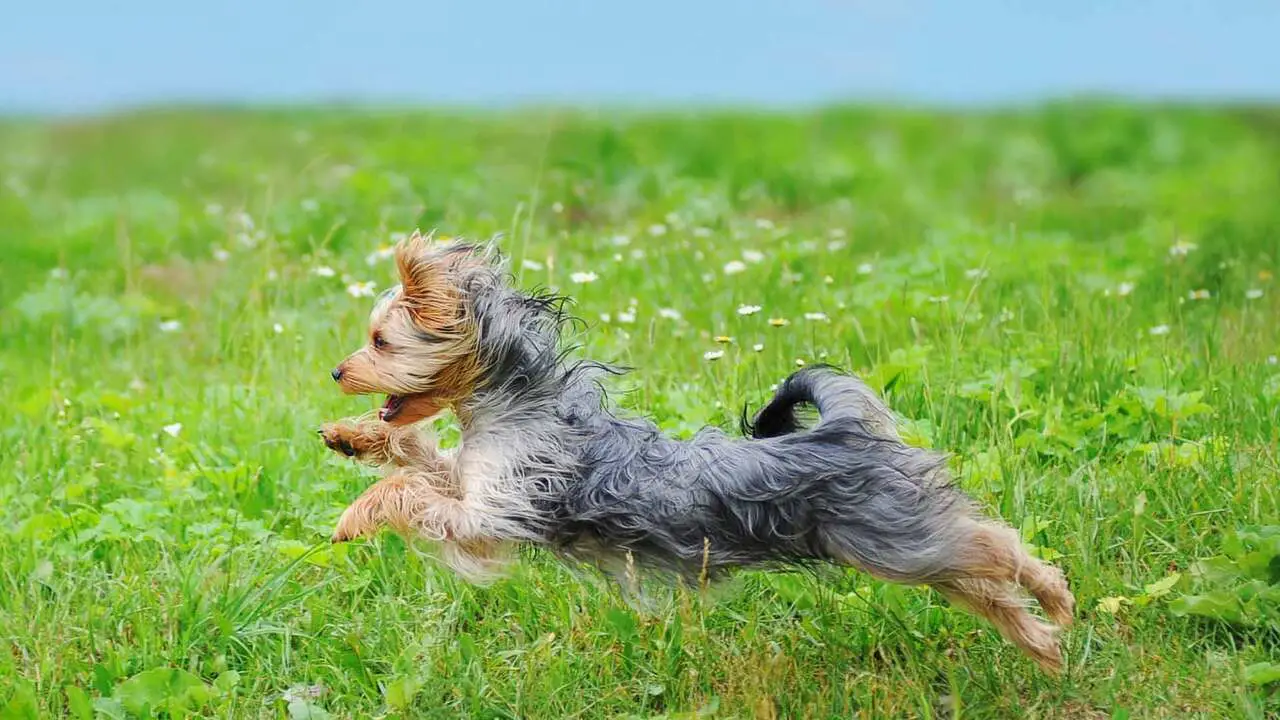
Luxating patella surgery is a common procedure used to treat dogs with a condition known as patellar luxation. This condition occurs when the kneecap, also known as the patella, moves out of its normal position in the groove of the femur bone.
When this happens, it can cause pain, lameness, and difficulty walking. Luxating patella surgery involves realigning the patella and stabilizing it properly using various techniques, such as deepening the groove in the femur, creating a new groove, or releasing tight structures that pull the kneecap out of place.
Why Does My Dog Jumped After Luxating Patella Surgery: 5 Common Reason

After a luxating patella surgery, it is common for dog owners to be concerned about their furry friend’s behaviour. After undergoing luxating patella surgery, it is common for dogs to experience some jumping behaviour.
However, this behaviour may concern pet owners who are unsure why their dogs do it. One of the most frequent complaints is that their dog jumps excessively after the surgery. This behaviour may be alarming, but there are several reasons why it is happening. Here are the 5 most common reasons Why My dog jumped after luxating patella surgery.
1.Excitement
After luxating patella surgery, it is not uncommon for dogs to exhibit increased excitement and jumping behavior. This can be due to a combination of factors, including relief from pain and discomfort, and increased mobility. And the desire to engage in normal activities again.
However, it is important to remember that excessive jumping or high-impact activities can put a strain on the surgical site and potentially lead to complications. It is recommended to follow your veterinarian’s post-operative instructions and gradually reintroduce exercise and physical activity to ensure a smooth recovery for your furry friend.
2.Lack Of Exercise
After a dog undergoes luxating patella surgery, it’s natural for pet owners to be anxious about their furry friend’s recovery. They may notice their dog jumping or hopping around more often than usual. Pet owners may wonder why their dog is jumping after the surgery. There are several common reasons for this behavior, and one of them is a lack of exercise.
Dogs not getting enough exercise may become restless and anxious, leading them to jump around more often. After surgery, dogs may need to rest for a while, but increasing their activity levels is essential as they recover gradually. Pet owners should consult their veterinarian about the appropriate level of exercise for their dogs. Exercise benefits physical health and mental well-being, reducing anxiety and providing mental stimulation.
3.Pain Relief
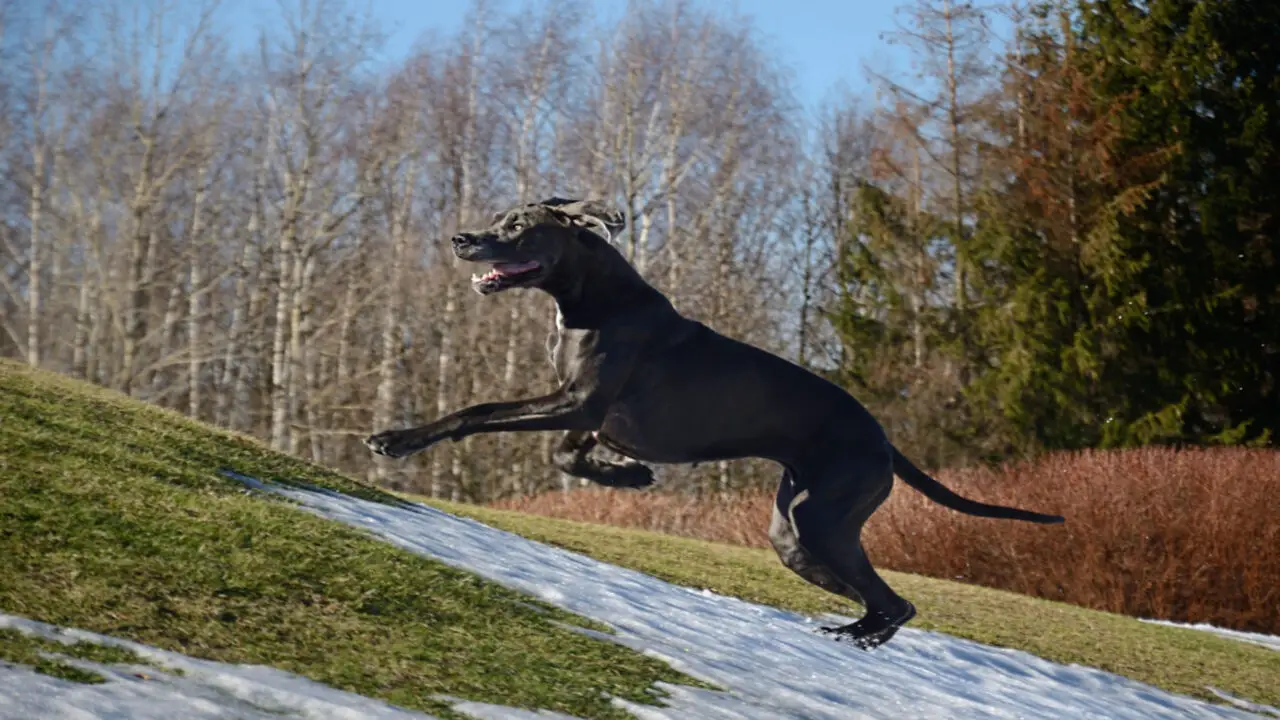
After a luxating patella surgery, many pet owners may notice that their dogs jump excessively. While jumping may be a common behaviour in dogs, it may indicate an underlying issue after surgery. There are several reasons why a dog may jump after a luxating patella surgery, and pain relief is one of the most common.
After surgery, a dog may experience discomfort or pain, which can cause them to jump to alleviate the discomfort. Observing your dog’s behaviour closely after surgery and consulting with your veterinarian if you notice any unusual behaviour or discomfort is essential. Your veterinarian may recommend pain medication or other treatments to manage your dog’s pain and improve comfort.
4.Habit
After a dog undergoes surgery for a luxating patella, their owners may notice some unexpected behaviours in their furry friend. One common occurrence is when the dog jumps after the procedure. This action can concern pet owners but is often a habitual response. Habits are actions that animals or humans do instinctively, without thinking.
Dogs may jump out of habit, even if they know it is not the best course of action for their healing process. Other common reasons dogs may jump after a luxating patella surgery include pain, anxiety, boredom, or a lack of proper exercise. Pain is a common cause for the behaviour as the dog may want to stretch its legs or avoid putting weight on the affected leg.
5.Discomfort
If you are wondering why your dog is jumping after a luxating patella surgery, there could be a few reasons. One common cause is discomfort or pain. After surgery, your dog may feel sore and experience discomfort, which can make them jump to avoid putting pressure on the affected leg.
It is essential to remember that jumping may cause additional pain or even damage to the surgical site, so it is essential to limit your dog’s activity until they have fully recovered. Another reason why your dog may be jumping is anxiety or stress. They may feel uneasy or frustrated due to their lack of mobility or confinement, leading to jumping or other unwanted behaviours.
How Luxating Patella Surgery Works
Luxating patella is a common orthopaedic condition where the kneecap dislocates from its normal position, causing pain, discomfort, and difficulty in movement. While some cases can be managed with conservative treatment, others may require surgery to correct the problem. In this paragraph, we will discuss how luxating patella surgery works, including the following bullet points:
- Pre-operative evaluation: Before the surgery, the veterinarian will conduct a thorough examination and diagnostic tests, such as X-rays, to determine the severity of the condition and plan the surgery accordingly.
- Anesthesia: The surgery is usually performed under general anaesthesia to ensure the animal remains still and comfortable throughout the procedure.
- Incision: The veterinarian will incision over the knee joint to access the dislocated kneecap.
- Realignment: The kneecap will be repositioned back into its normal groove, and the surrounding soft tissues and ligaments will be tightened to keep it in place.
Recovery After Luxating Patella Surgery
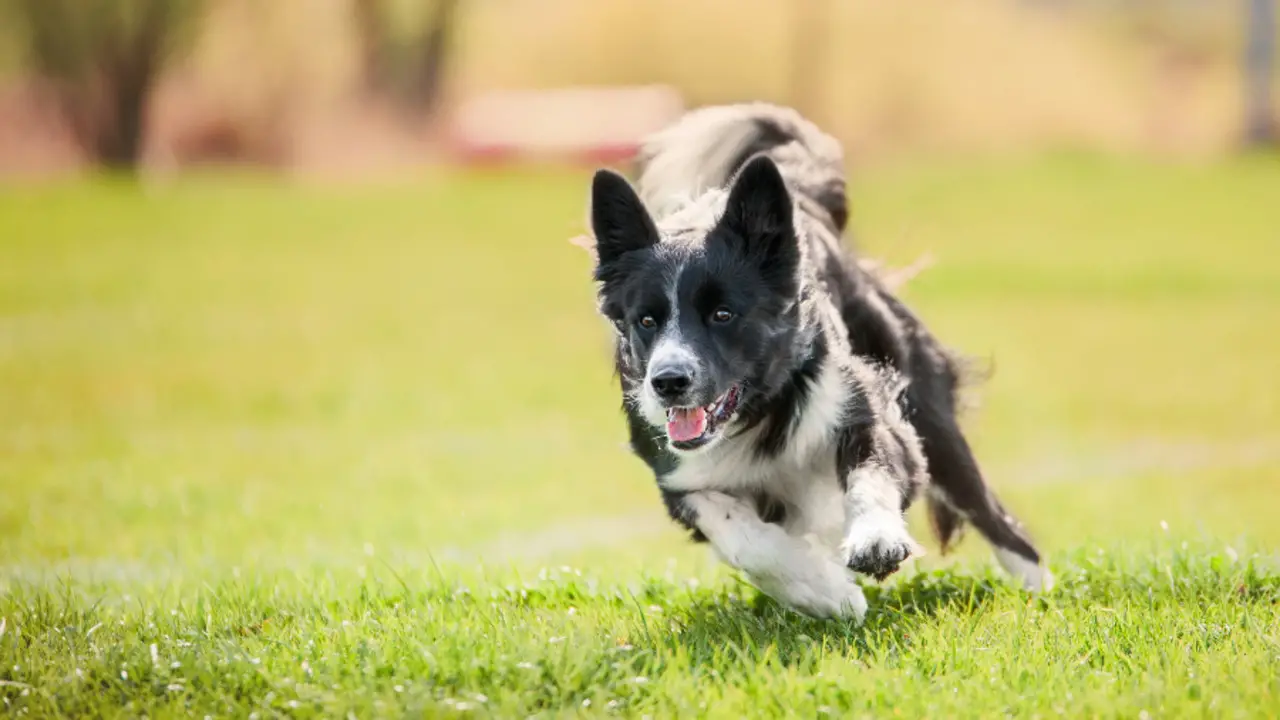
Recovery after luxating patella surgery is a crucial time for your furry friend. This surgical procedure involves repositioning the kneecap to its original position, which can be challenging and painful for the pet. The first few days after surgery are the most critical, as your pet will experience pain and discomfort and need extra care and attention. You should keep your pet calm and restrict its activity to prevent further strain and injury.
Pain management is essential to recovery, and your veterinarian will prescribe medication to alleviate the pain and discomfort. You should also monitor your pet’s incision site for signs of infection, such as swelling or redness. It is also essential to follow the postoperative instructions carefully, including medication administration, exercise restriction, and follow-up appointments.
Common Complications After Surgery
Surgery is a common procedure to help treat or cure various medical conditions. Although it is generally safe, there are still some complications that can arise after the procedure. It’s important to remember that not everyone will experience these complications, and some may have different or additional complications. Here are some of the most common complications after surgery that you should be aware of:
- Infection: Surgical wounds are susceptible to infection, which can cause further complications if left untreated.
- Pain: Pain is a common side effect of surgery and can be managed with medication.
- Blood clots: Blood clots can form in the veins of the legs or pelvis after surgery, which can be life-threatening if they travel to the lungs.
- Nausea and vomiting: These symptoms can occur due to anaesthesia or medication during surgery.
- Constipation: Pain medication and decreased activity after surgery can cause constipation, which can be managed with stool softeners and laxatives.
How To Care For Your Dog After Patella Surgery
If your dog has recently undergone patella surgery, taking proper care of them during their recovery is important. After surgery, you should provide a comfortable and warm place for your pup to rest and limit their physical activity for several weeks to allow for proper healing. Here are some essential steps you should follow to ensure that your furry friend stays comfortable and heals quickly:
- Limit their physical activity: Your dog must rest and avoid strenuous activities such as running, jumping, or climbing stairs. You can confine them to a crate or small room to prevent them from moving around too much.
- Administer medication: Your veterinarian will prescribe pain medication and antibiotics to keep your dog comfortable and prevent infection. Follow the prescribed dosages carefully and monitor your dog’s response.
- Monitor their incision: Check your dog’s incision site daily for signs of swelling, redness, or discharge. Keep the area clean and dry, and follow any instructions provided by your veterinarian.
- Provide a comfortable environment: Your dog will need a soft, comfortable bed to rest on, away from drafts or direct sunlight.
Managing Jumping Behavior During Recovery
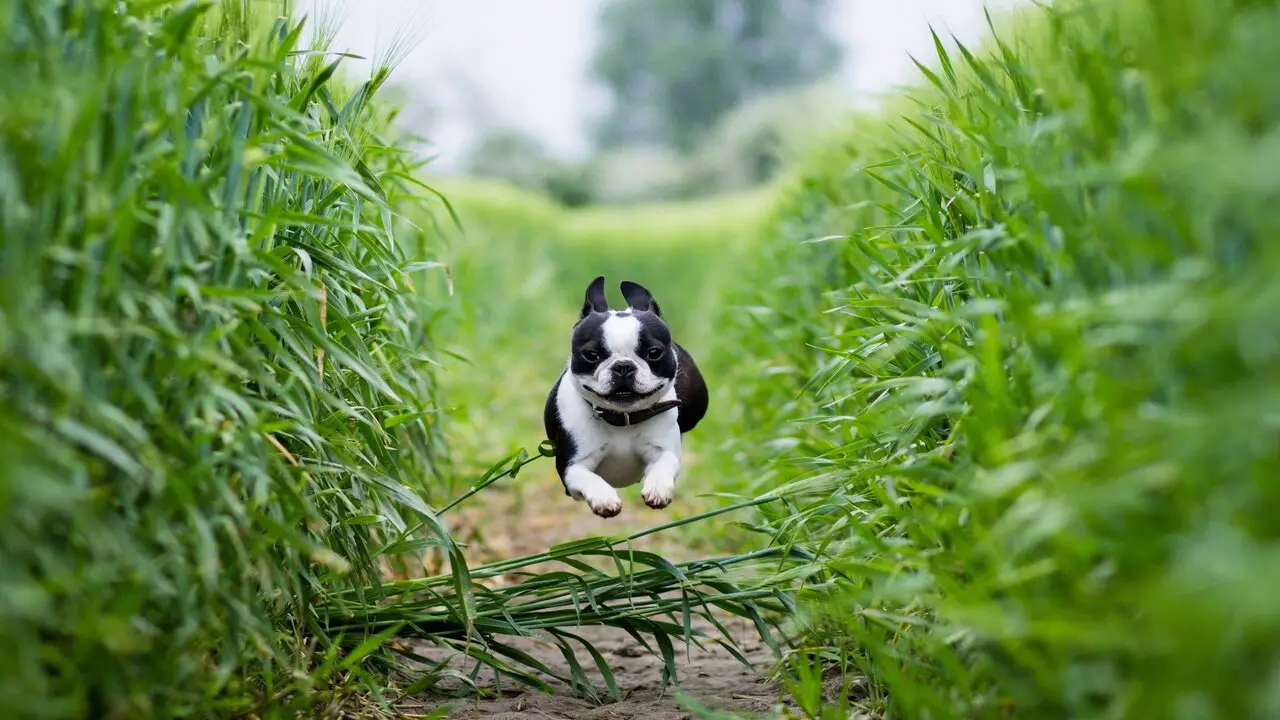
Whether the animal is recovering from an injury, surgery, or illness, limiting its activity level is crucial for its healing process. Jumping behaviour puts a lot of stress on the body, especially the joints and bones, which can lead to further damage or complications.
Managing jumping behaviour during recovery can be challenging, but ensuring the recovery process is successful is essential. Here are some approaches that can help manage jumping behaviour during recovery:
- Teach alternative behaviours: Dogs often jump out of excitement, so teaching them alternative behaviours, such as sitting or lying down, is crucial. This way, they will have an outlet for their energy without jumping.
- Use positive reinforcement: Rewarding your dog for good behaviour is an effective way to encourage them to continue exhibiting that behaviour. Use treats, praise, and toys to reinforce desirable behaviour.
- Be consistent: Consistency is key when managing jumping behaviour. All household members should use the same approach to avoid confusing the dog.
- Use a leash: A leash can help you control your dog’s movement and prevent them from jumping. Keeping your dog on a leash during recovery can help you manage their behaviour effectively.
Conclusion
Luxating patella is a common orthopaedic condition in dogs that affects the kneecap or patella. It occurs when the patella slips out of its normal position and causes discomfort and pain for the dog. Small breeds are more prone to this condition due to their genetic makeup, but it can develop in any dog breed. The severity of the condition ranges from mild to severe, depending on the frequency and intensity of the patella slipping.
While jumping after luxating patella surgery can be concerning for pet owners, it is not uncommon for dogs to try and push themselves too hard as they begin to recover.
However, it is important to closely monitor your dog’s behaviour and movement during recovery and follow the veterinarian’s recommended post-surgery care instructions to help prevent re-injury. We’ve discussed why My dog jumped after luxating patella surgery. With proper care and attention, most dogs can fully recover and return to normal activities without further complications.
FAQs
Can Luxating Patella Come Back?
Yes, the luxating patella can return, especially if the condition’s underlying cause is not addressed. In some cases, surgical intervention may be necessary to correct the problem. It is important to monitor your pet and seek veterinary attention if you notice discomfort or limping.
When Can A Dog Run After Luxating Patella Surgery?
The time for a dog to run after luxating patella surgery can vary depending on the severity of the condition, the type of surgery performed, and the veterinarian’s recommendations. Dogs may need to rest and limit their activity for several weeks for proper healing. The veterinarian may recommend starting with short, controlled walks and gradually increasing activity levels.
Can A Dog Injure Their ACL After Surgery?
Yes, a dog can injure their ACL after surgery. It is important for pet owners to follow post-operative care instructions and gradually reintroduce exercise to prevent re-injury. Regular check-ups with the veterinarian can also help detect potential issues early on.
Will A Dog Cry With A Torn ACL?
It is possible for a dog to cry or whine with a torn ACL, especially if the injury is causing them pain or discomfort. However, some dogs may not show obvious signs of pain and may simply limp or avoid putting weight on the affected leg. It is important to have a veterinarian examine the dog and diagnose the injury to determine the best course of treatment.
How Successful Is Luxating Patella Surgery?
The success rate of luxating patella surgery varies depending on the severity of the condition, the age and overall health of the patient, and the surgeon’s skill. Generally, the success rate of surgery is high, with most dogs experiencing significant improvement in mobility and quality of life following the procedure.

Aquarium passion is all about connecting with the aquatic life and providing education to the public on the importance of these creatures. We showcase a wide variety of marine life through our exhibits as well as working with schools to provide unique learning opportunities for students of all ages.

